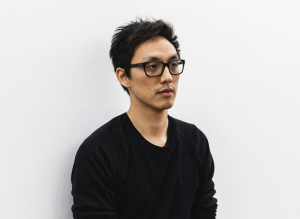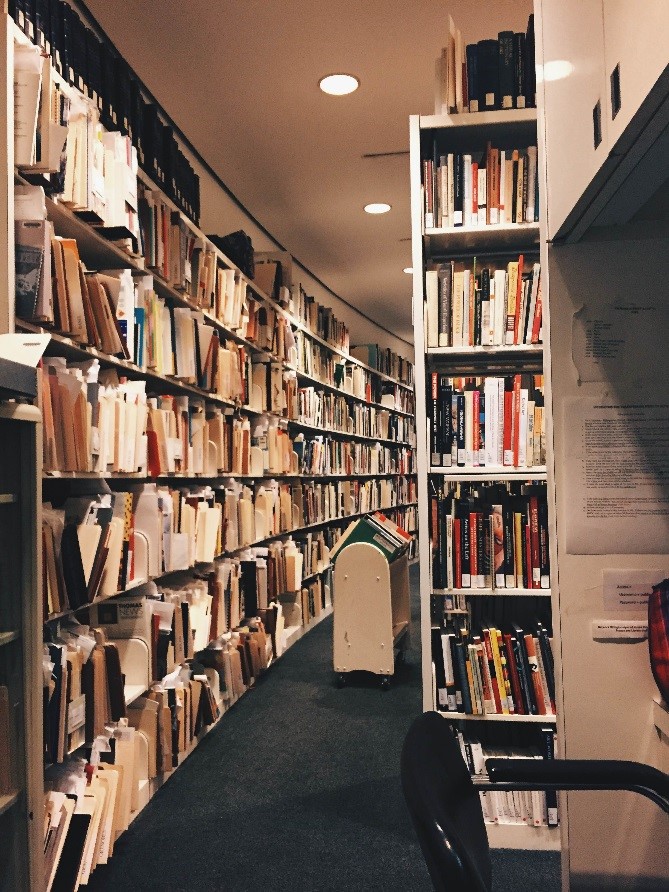This post was contributed by Evelyn Meynard, graduate student in the History of Design and Curatorial Studies program offered jointly by the Parsons School of Design and the Cooper Hewitt Smithsonian Design Museum, and Elizabeth Broman, Reference Librarian, Cooper Hewitt Smithsonian Design Library.
All incoming students in The New School Parsons History of Design and Curatorial Studies (MA) Masters’ Degree Program at the Cooper Hewitt, Smithsonian Design Museum take an object and research based class called Pro-Seminar. This course trains students in conducting formal analyses, writing catalog entries, and making visual presentations that require students to conduct and integrate primary and secondary source research. The Cooper Hewitt Library regularly collaborates with faculty and students, providing research resources, curriculum consultation and Special Collections presentations for classes. Selecting one work from the Cooper-Hewitt collection to study during the semester, that ”work” can be a book from the Cooper Hewitt Design Library presented by staff during curatorial orientations.



